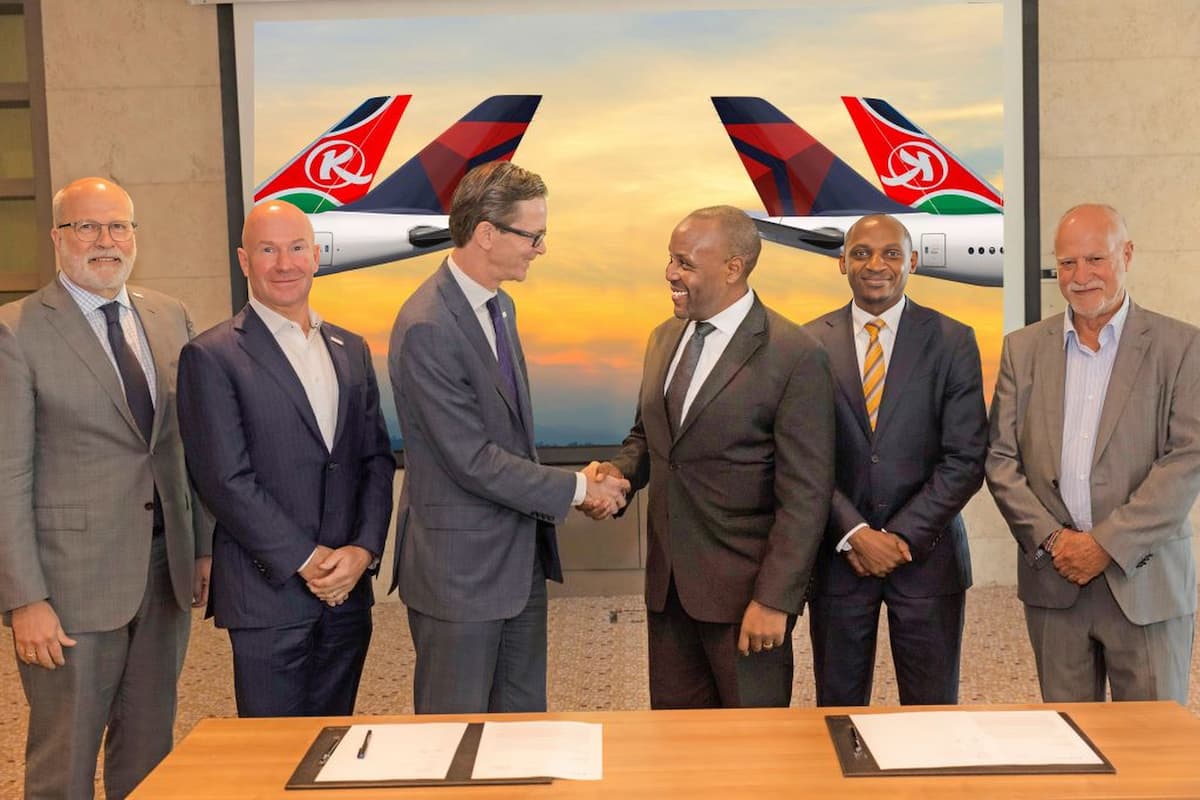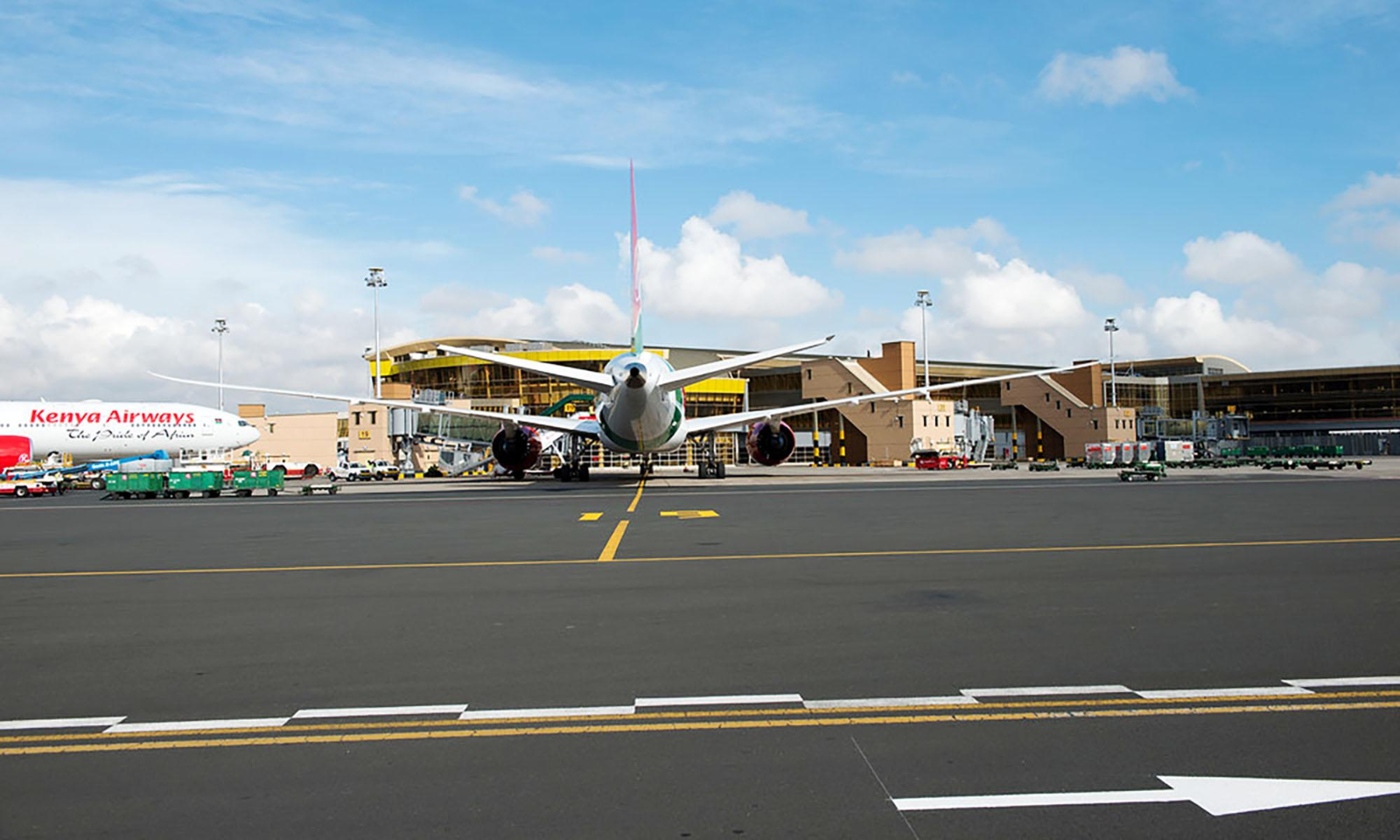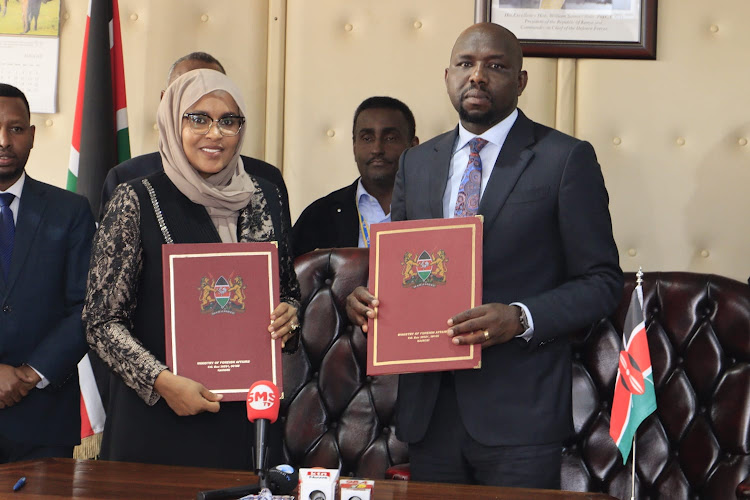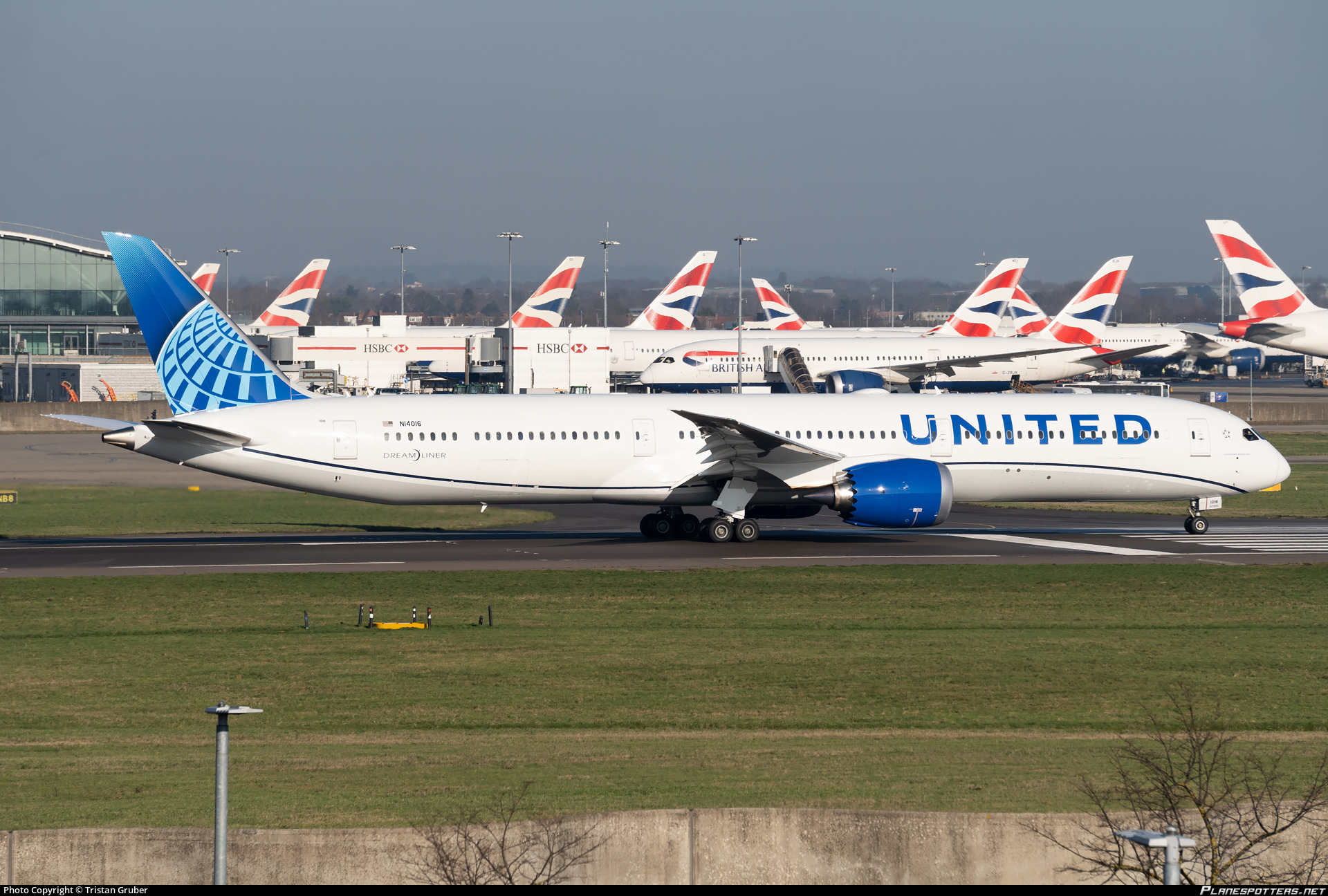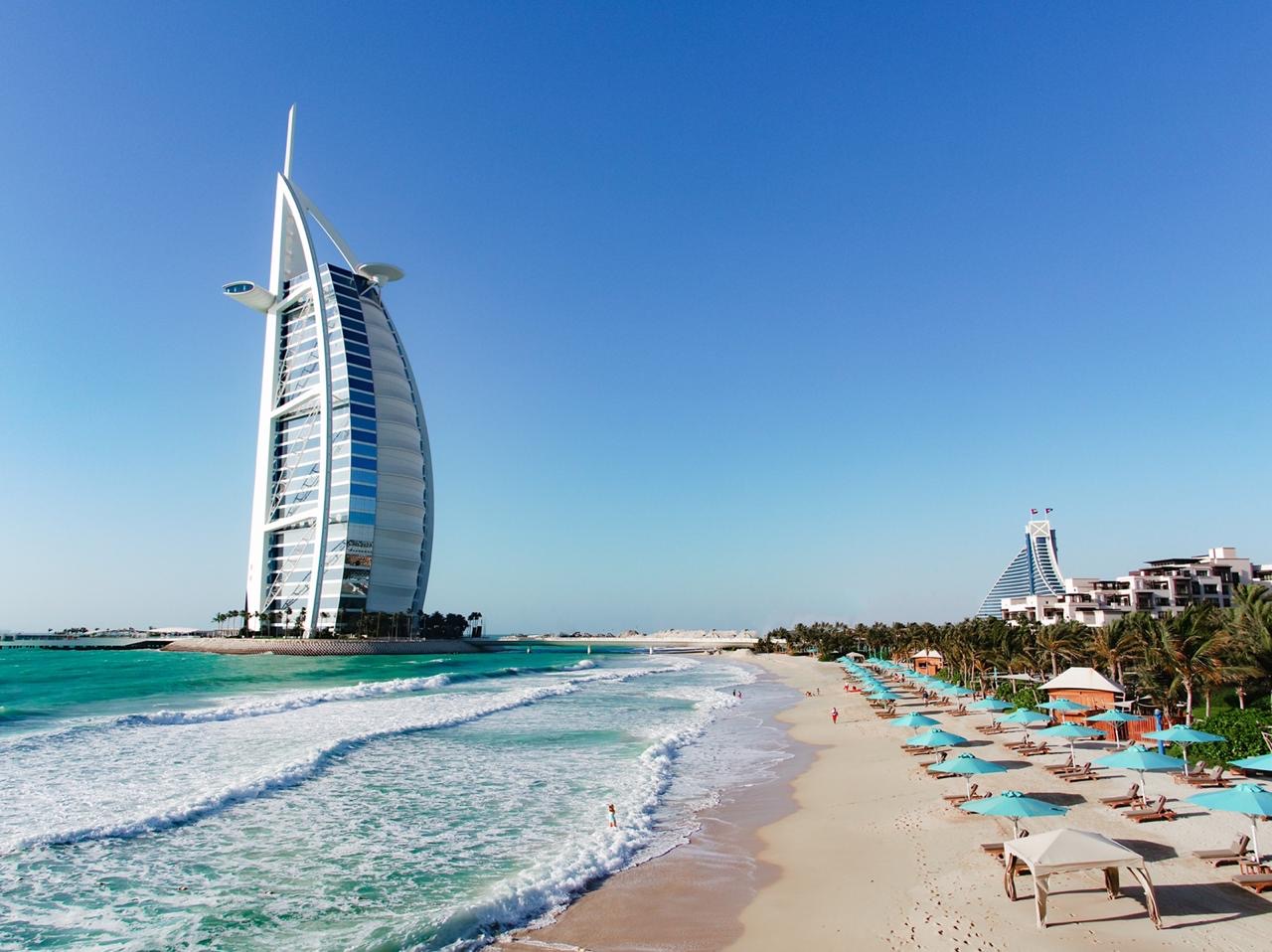Delta Air Lines (DL) has expanded its codeshare partnership with Kenya Airways (KQ) to offer customers of both carriers more frequent flyer rewards, travel options, and seamless connectivity.
Codeshare expansion
The expanded partnership comes as a great benefit for frequent flyers, as Kenya Airways recently launched its Asante Rewards loyalty program. As such, Asante Rewards and Delta’s SkyMiles members can continue to earn miles and enjoy enhanced frequent flyer benefits.
Kenya Airways will include Delta’s code on its non-stop service between Nairobi Jomo Kenyatta (NBO) and New York JFK, effective August 5, to further strengthen their cooperation. As earlier reported, Delta told Simple Flying that it realizes the potential for growth in Africa and is looking to expand its footprint through its partnerships.
This will provide customers with the opportunity to explore more destinations in the airlines’ respective markets, including 31 destinations in Africa and 57 cities in the United States and Canada. Kenya Airways Group CEO Allan Kilavuka said;
“Kenya Airways prides itself in connecting Africa to the World and the World to Africa. The expansion of the codeshare is historic as it not only allows KQ to expand its footprint in the US but is also significant because it provides seamless connectivity on a single ticket for those traveling for business, leisure, or studies in the US while giving seamless connectivity to those visiting Africa through JFK and KQ’s hub at Jomo Kenyatta International Airport (JKIA) in Nairobi.”
The two airlines have been strategic partners for a while, as they are both SkyTeam members. The last significant codeshare expansion came in June 2022, when KQ placed its code on DL flights from New York to Boston, Buffalo, Norfolk, Rochester, and Syracuse. Similarly, DL added its code on KQ’s enhanced frequencies from Nairobi to Accra, Freetown, and Monrovia.
Africa-North America connections
Kenya Airways currently operates daily Boeing 787 Dreamliner flights from NBO to JFK, the only available non-stop connection between East Africa and America. The African carrier is happy to enhance Africa-North America connectivity and offer the KQ product directly through its American partner.
Delta Air Lines has been operating flights to Africa for 17 years, the longest of any active US carrier. It is seeing significant demand and positive post-pandemic trends for travel between North America and Africa. Having conquered the Northern markets, it has identified Africa as a region of importance and potential growth. Delta’s President of International Alain Bellemare said;
“At a time when we are seeing unprecedented demand for travel between North America and Africa, expanding our strategic partnership with Kenya Airways offers our customers more travel options as well as supports our priority to deepen our presence across the African continent.”
Although it does not fly to Nairobi, the legacy carrier operates non-stop flights to five African destinations from two hubs. From New York, it serves Accra daily and Dakar 3x a week with the Boeing 767. From Atlanta Hartsfield-Jackson, it serves Lagos daily with the Airbus A330 and Johannesburg and Cape Town with the A350, on its own code.
Source: Simpleflying

